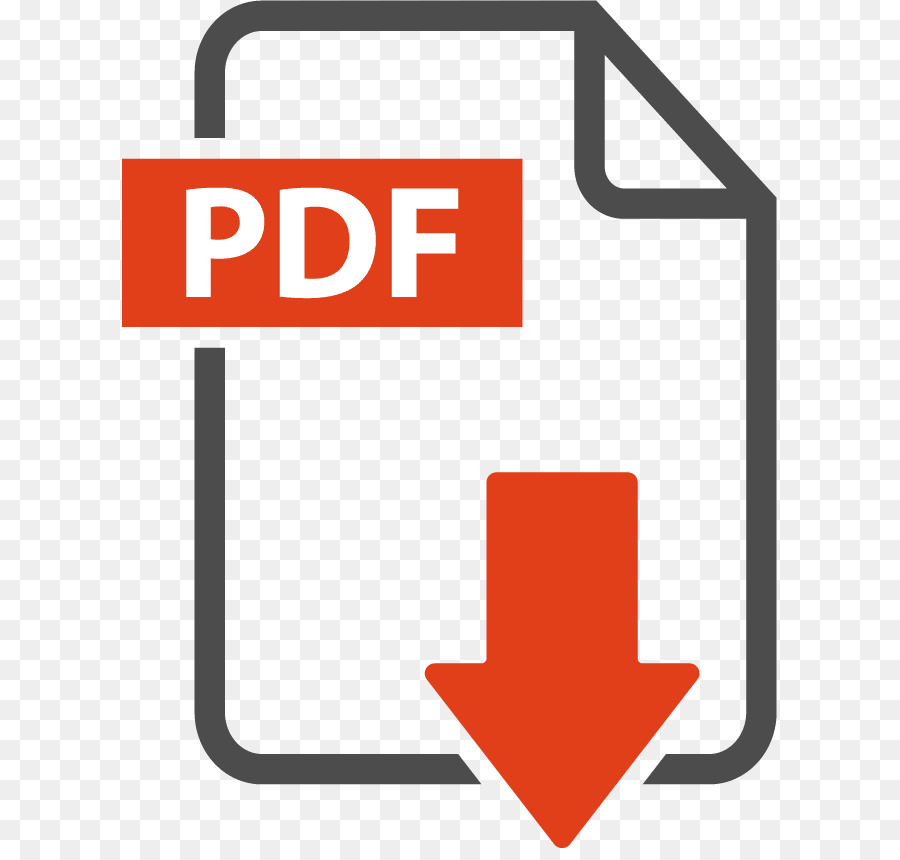Fieldward and Pathward: Dynamic Guides for Defining Your Own Gestures
Authors: Joseph Malloch, Carla F. Griggio, Joanna McGrenere, and Wendy E. Mackay
Published in CHI '17: Proceedings of the 2017 CHI Conference on Human Factors in Computing Systems, 2017
Get PDF
Although users accomplish ever more tasks on touch-enabled mobile devices, gesture-based interaction remains limited and almost never customizable by users. Our goal is to help users create gestures that are both personally memorable and reliably recognized by a touch-enabled mobile device. We address these competing requirements with two dynamic guides that use progressive feedforward to interactively visualize the "negative space" of unused gestures: the Pathward technique suggests four possible completions to the current gesture, and the Fieldward technique uses color gradients to reveal optimal directions for creating recognizable gestures. We ran a two-part experiment in which 27 participants each created 42 personal gesture shortcuts on a smartphone, using Pathward, Fieldward or No Feedforward. The Fieldward technique best supported the most common user strategy, i.e. to create a memorable gesture first and then adapt it to be recognized by the system. Users preferred the Fieldward technique to Pathward or No Feedforward, and remembered gestures more easily when using the technique. Dynamic guides can help developers design novel gesture vocabularies and support users as they design custom gestures for mobile applications.
Recommended citation: Joseph Malloch, Carla F. Griggio, Joanna McGrenere, and Wendy E. Mackay. 2017. Fieldward and Pathward: Dynamic Guides for Defining Your Own Gestures. In Proceedings of the 2017 CHI Conference on Human Factors in Computing Systems (CHI '17). Association for Computing Machinery, New York, NY, USA, 4266–4277. DOI:https://doi.org/10.1145/3025453.3025764 https://dl.acm.org/doi/10.1145/3025453.3025764?cid=81500663869
